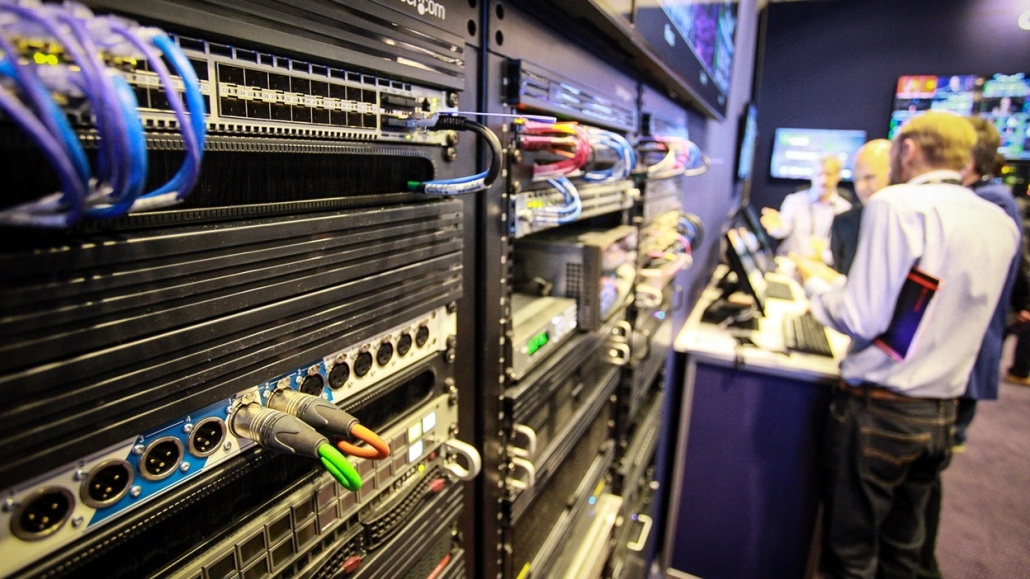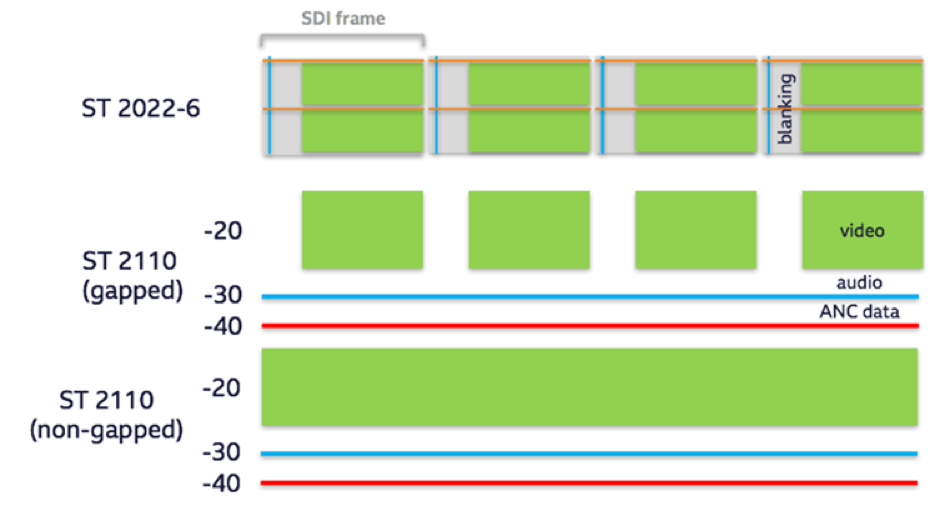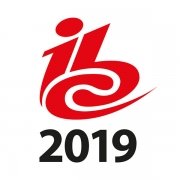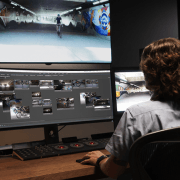The End of the SDI Cable
The End of the SDI Cable

In 2015 I was lucky enough to get a full tour of RTL’s Playout Centre in Luxembourg. A 24/7 playout centre for about 35 different channels. At the time they were one of the first broadcast facilities in the world in the process of transitioning to IP. A task so large it took years of R&D at the IRT research centre using the SMPTE-2110 standard to find out what was possible. Technology provider Snell Advanced Media (SAM) was brought in to help test a series of IP workflows and today continues to operate a test laboratory within RTL City to support the company’s growing IP-enabled requirements.
As a Broadcast Engineer it was both fascinating and terrifying that an industry standard, the trusty SDI cable, something I can understand and troubleshoot easily, was on the way out rapidly and had been replaced with something so complex that they need a research centre to install it. In reality the transition to IP has been anything but rapid, maybe for the same reason I just outlined but it is on the horizon and Tyrell are keen to be at the forefront of the industry evolution.
There are many benefits to IP in either a live or non-live facility and every area of content creation is affected, many of which have been outlined in this great report.
But basically reducing costs and offering flexibility of scaling is what matters most here. In fact the general consensus amongst the industry is that there isn’t customer demand for IP as such. What there is customer demand for, is saving money and increasing flexibility. It means sending fewer people and less equipment to events, controlling several studios with the same control room, simpler cabling, cheaper off the shelf hardware and more powerful routing to name a few. IN RTL’s case it means they can now launch a new channel in a month, as opposed to the 8-9 months it took previously.
Making it all possible is the SMPTE 2110 standard. It differs from its predecessors in that it treats video, audio and data as separate streams, rather than simply “tunnelling” each frame of SDI over IP:

This is a good thing, as it provides the flexibility to work separately with individual parts of the production media. This is essential for flexible reuse of content. But of course, we also need to be able to synchronise those parts as required. ST 2110 specifies how to do that using PTP…but only to a certain extent and that is one of the considerations at the moment.
BBC R&D have been working on an IP project for years now and are a wealth of knowledge on the subject and are currently implementing a solution at BBC Cardiff.
One of the biggest challenges today is providing a pathway for customers to transition from their current SDI infrastructure to a hybrid and ultimately an IP infrastructure. So, the question around IP is more about when, and for what application. And the answer lies in your workflow, not the signal transport.
Speak to Michael and the Tyrell team to understand how you could save money and increase flexibility in your workflow.
Michael Martin

Contact our UK & Ireland teams on:
Dublin: +353 (1) 888-1118
London: +44 (207) 148 6200










